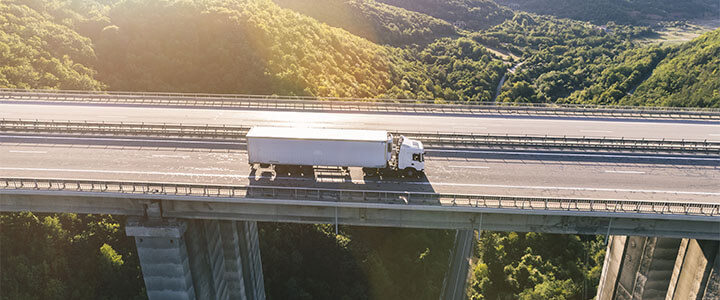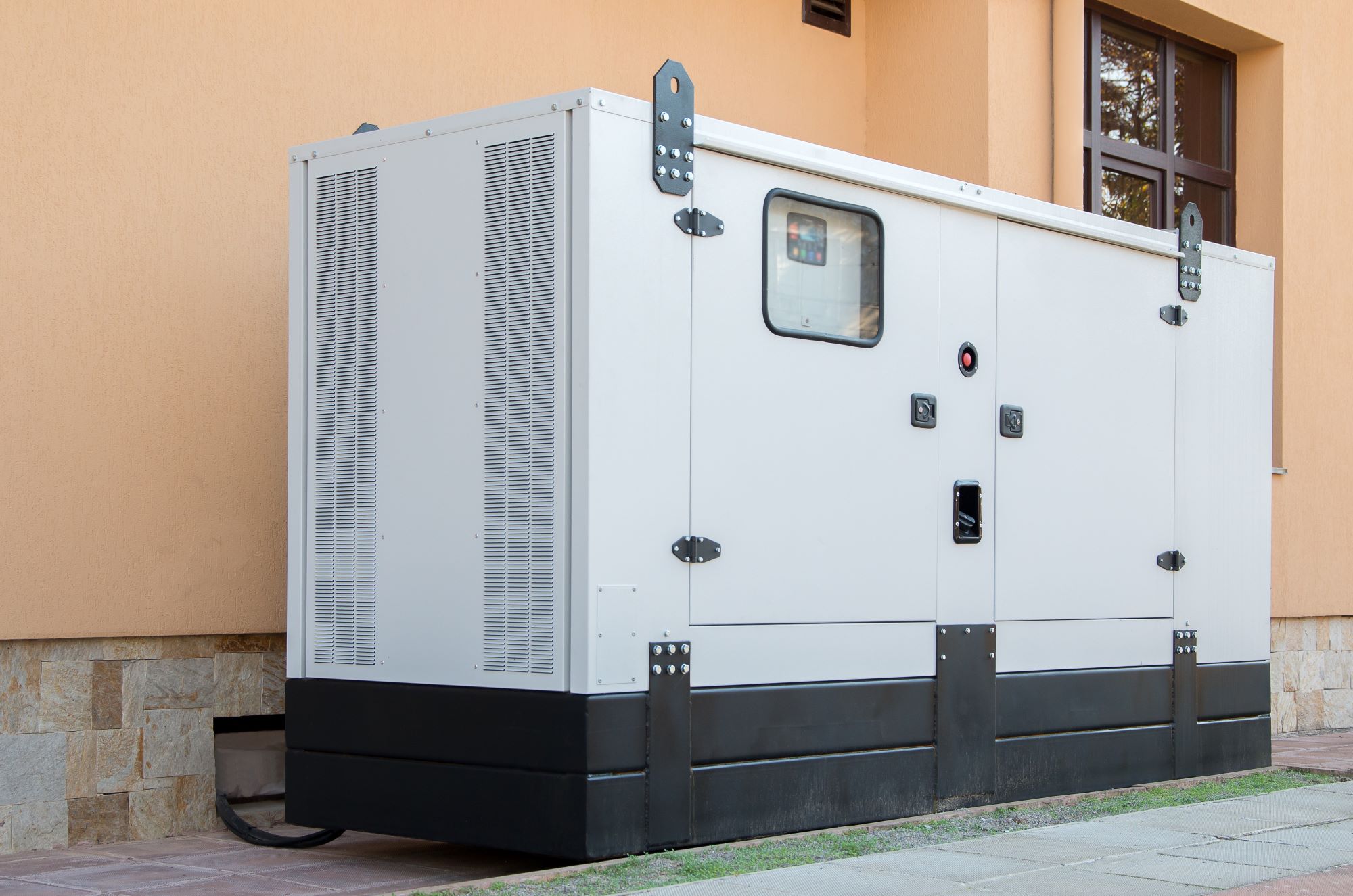Building Safer Charging Stations: Essential Safety Features for Electric Vehicles
It has become clear that the use of petrol and diesel cars over the last few decades has caused huge damage to the environment. This is why there has been an increasing shift towards using electric vehicles instead, as these are able to be powered from renewable sources that do a lot less harm.
There are now many electric vehicles on the roads which now need widespread and effective charging networks. As these grow at a rapid rate, there are concerns about safety, due to the high voltage electricity involved.
In this article, Tom Hughes, the General Manager at Aerocom thought it was time we took a look at what the risks of EV charging stations are and how we can make them safer by looking at some of the essential safety features for electric vehicles.

What are the risks?
It is easy for users of electric charging stations to be unaware of the risks that they face when they use them. The reality is that there are large amounts of high voltage electricity passing through these chargers, which can pose a number of electrical dangers.
Failing to use these stations properly can lead to things like shocks, burns and electrocutions. In addition to this, there could be issues with overheating and fire hazards.
It is also worth remembering that the majority of these stations are outdoors and so there are risks from weather conditions such as high winds, heavy rain, lightning and flooding. They are also a target for vandalism, which can damage the electrical components or short circuit the charger itself.
When you then factor in the risk of improper installation, faulty equipment or a vehicle that has a damaged battery, then the risks increase and there are some significant potential fire hazards. So, what measures are already in place to make these charging stations safer, and what is likely to happen in the future to make them safer to use?
Tesla charging stations
Tesla has been responsible for driving the quality of electric vehicles forwards and the Tesla Superchargers have led the way in the charging network. They have pioneered a number of built-in safety features including thermal management technology which provides advanced cooling and heating systems to help maintain optimal charging temperatures, enhancing the battery safety and longevity.
They also have protection against overcharging and user authentication processes, so that only authorised users are able to benefit from the charging stations and reduce the risk of misuse. Whilst this is currently restricted to Tesla users only, it seems likely that much of this technology will be adopted for wider charging networks over time.
Charging cables and connectors
Many of the problems from EV charging stations come from the cables and connectors that are involved. This is why there has been a shift towards using high quality, certified charging cables and connectors. These help to ensure a more efficient power transfer, as well as minimising the risk of electric shock during the charging process.
Fire suppression systems
Wherever there is electricity, there is a risk of fire in some way, and so it is important that there are measures in place to deal with this if it happens. One of the most effective tools can be fire suppression systems such as those from Aerocom, which are fitted around the charging stations.
The Maus Stixx Advanced Pro is perfect for enclosed spaces and has a low activation temperature which means the extinguishing agent will quickly be triggered to suppress a fire before it even starts. This allows for a much more rapid response than other typical fire safety measures where detection can take much longer. This can ensure that any harm and damage is minimised, and that nearby users and vehicles are much safer.
Ground fault protection
Ground fault protection is a major feature at many charging stations as this is able to help prevent electric shocks and short circuits. It does this by monitoring the flow of energy during the charging process and is capable of immediately shutting off the power supply if the flow becomes too much.
Illumination and signage
Some of the risks posed at charging stations come from a lack of visibility. By ensuring the charging stations are well lit it is possible to reduce the risk of tripping or crashing, and by engaging clear signage it is possible to ensure the accidents can be avoided, as users can more clearly understand what the process is.
Emergency shut-off
It is also important that all charging stations have some form of emergency shut-off switch. This means that the energy flow can be stopped immediately in the case of an emergency. The shut-off switches can be operated automatically or manually and should be positioned somewhere that is accessible so that they can be activated as quickly as possible.
The future of EV charging
As technology continues to evolve, then EV charging is likely to become even safer than it already is.
It seems likely that more advanced monitoring systems will be used to help prevent hazards in real time by monitoring the temperature of the systems, the electrical flow and looking for abnormalities or faults that could cause a problem. Intelligent communication systems can also help to transfer information between the charging station and the vehicle itself.
This will give the charging station the ability to assess the health of the battery that it is charging and adjust its parameters to ensure the risk of overheating is less likely.
Cybersecurity is also likely to become a more important factor in order to offer protection from hacking and cyber-attacks. These have the potential to damage the integrity of the charging station and so secure protocols, and up security updates will be necessary to keep EV charging stations safe from outside interference.
Electric vehicles are becoming a more common site and so the number of charging stations across the UK is likely to grow in the next few years. It is therefore essential that all safety concerns are addressed to ensure that the networks are not only safe but also effective to make travelling anywhere a more relaxing and enjoyable experience for everyone.












